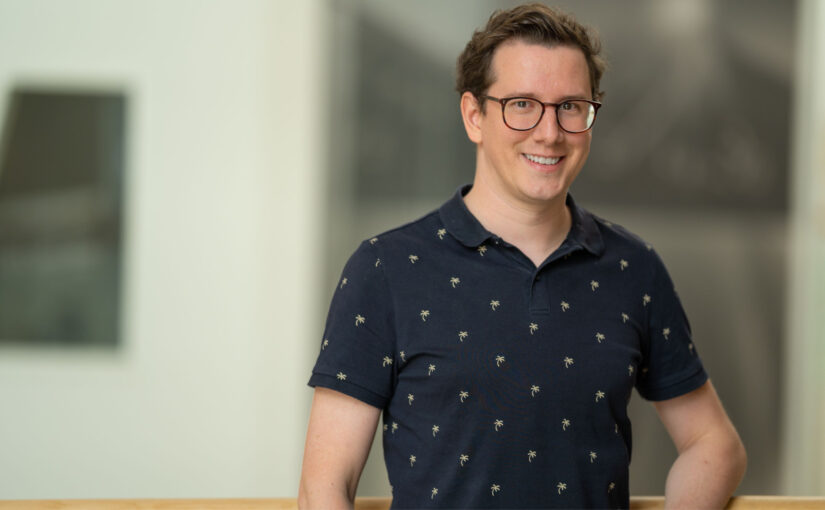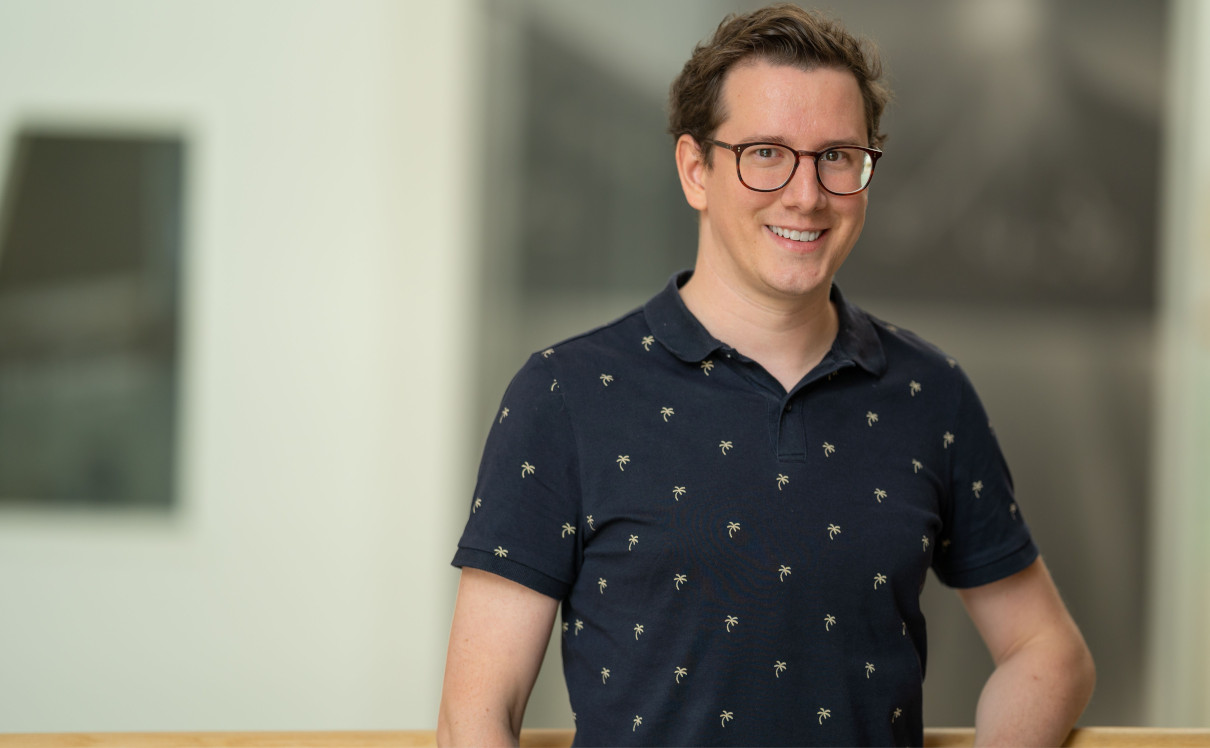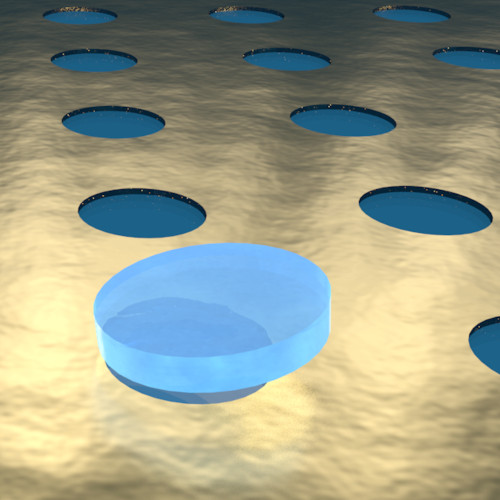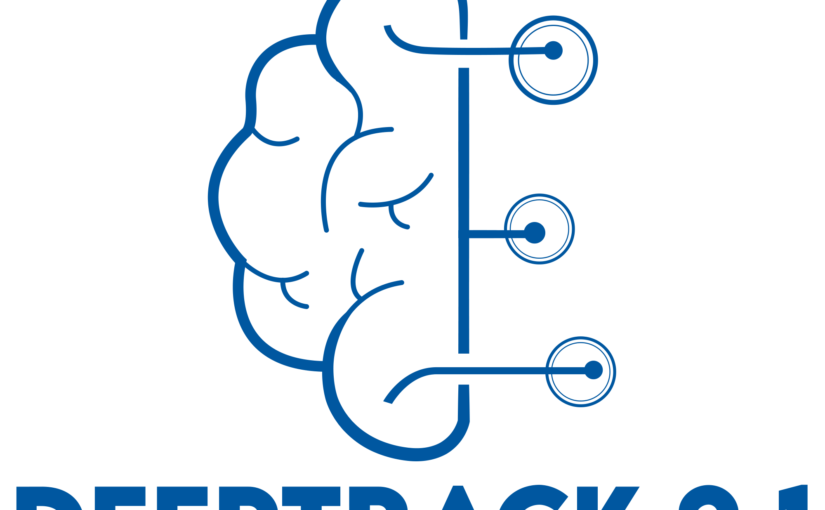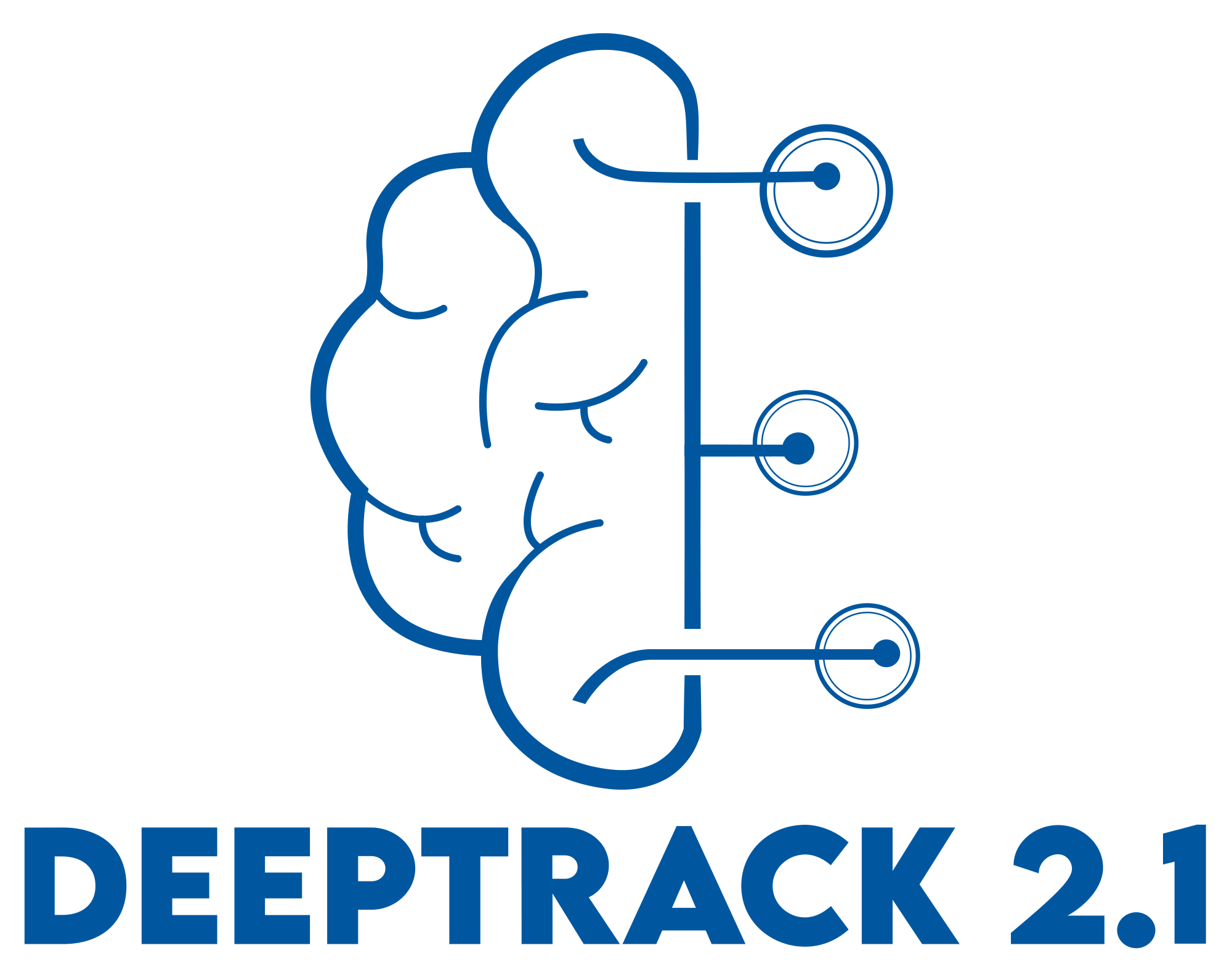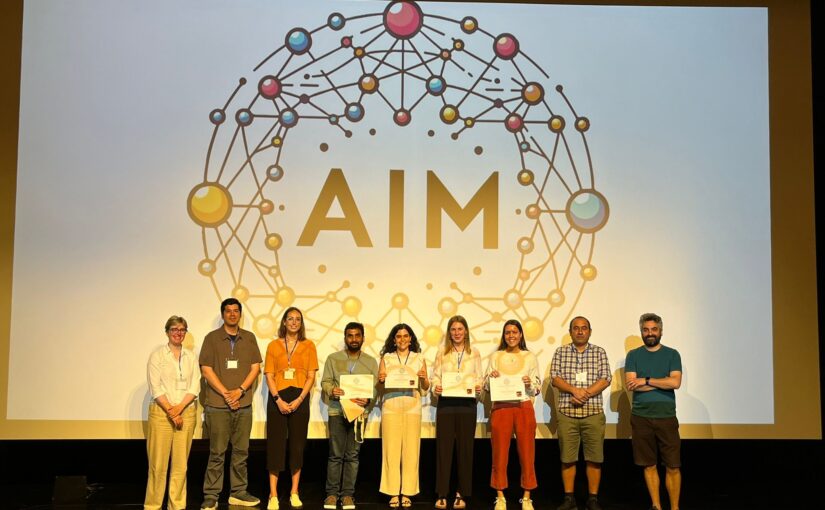
Michal Bogdan, Jesus Pineda, Mihir Durve, Leon Jurkiewicz, Sauro Succi, Giovanni Volpe, Jan Guzowski
Physical Review of Research, 6, L032031 (2024)
DOI: 10.1103/PhysRevResearch.6.L032031
arXiv: 2302.05363
Soft-granular media, such as dense emulsions, foams or tissues, exhibit either fluid- or solidlike properties depending on the applied external stresses. Whereas bulk rheology of such materials has been thoroughly investigated, the internal structural mechanics of finite soft-granular structures with free interfaces is still poorly understood. Here, we report the spontaneous crystallization and melting inside a model soft granular cluster—a densely packed aggregate of N~30-40 droplets engulfed by a fluid film—subject to a varying external flow. We develop machine learning tools to track the internal rearrangements in the quasi-two-dimensional cluster as it transits a sequence of constrictions. As the cluster relaxes from a state of strong mechanical deformations, we find differences in the dynamics of the grains within the interior of the cluster and those at its rim, with the latter experiencing larger deformations and less frequent rearrangements, effectively acting as an elastic membrane around a fluidlike core. We conclude that the observed structural-dynamical heterogeneity results from an interplay of the topological constrains, due to the presence of a closed interface, and the internal solid-fluid transitions. We discuss the universality of such behavior in various types of finite soft granular structures, including biological tissues.


